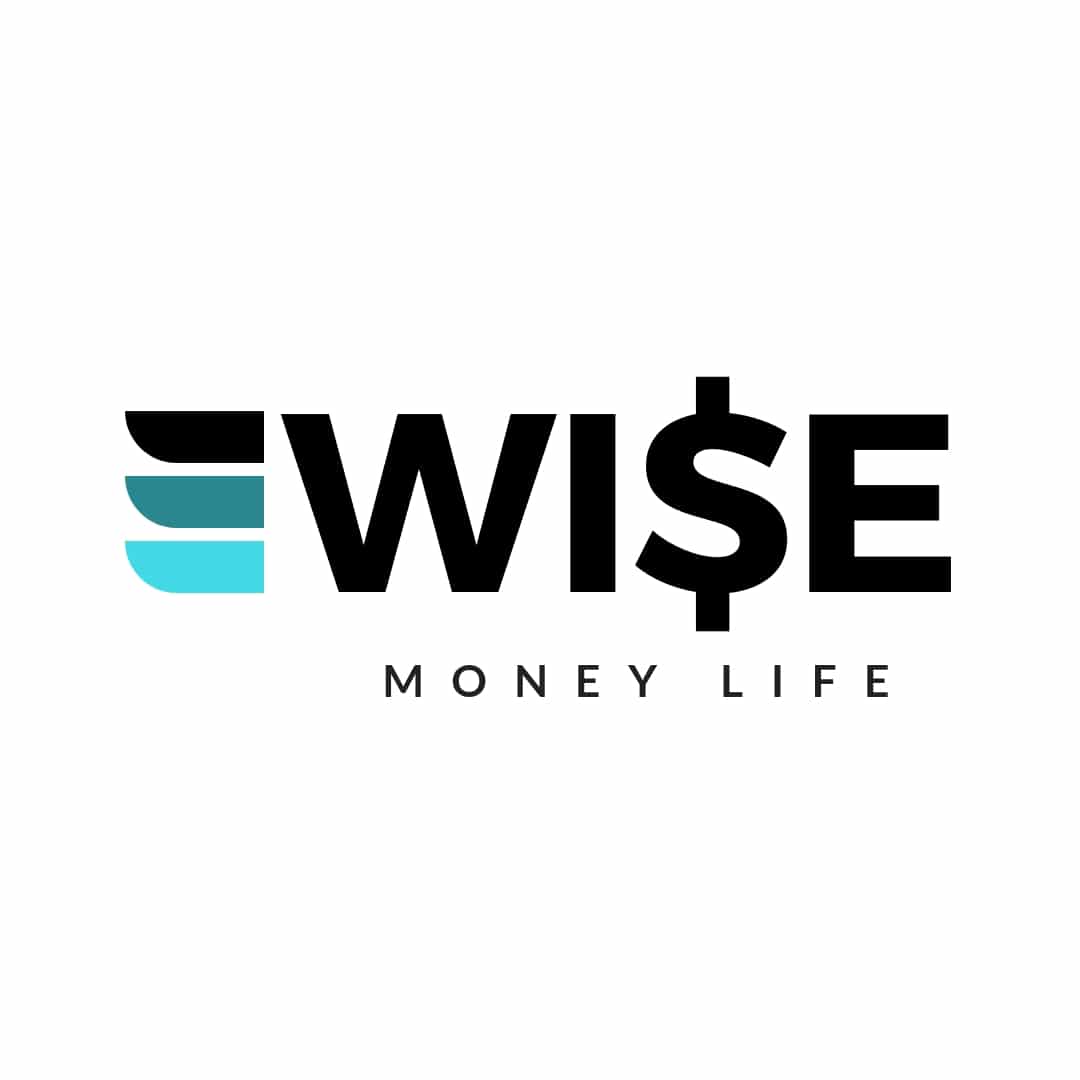With interest rates on a downward trajectory, homeowners are presented with new opportunities to access their home equity. Whether it’s for home improvements, debt consolidation, or other financial goals, tapping into home equity can be a smart move. In this guide, we’ll explore three popular methods: Home Equity Lines of Credit (HELOCs), Home Equity Loans, and Cash-Out Refinancing, highlighting their differences and potential advantages.
Understanding Home Equity
Home equity is the portion of your property that you truly own – it’s the difference between your home’s current market value and the outstanding balance of all liens on the property. As your home’s value increases or as you pay down your mortgage, your equity grows. In a falling interest rate environment, leveraging this equity can be particularly advantageous.
1. Home Equity Lines of Credit (HELOCs)
A HELOC is a revolving credit line secured by your home – it’s flexible like a credit card, but with significantly lower rates. Here’s what makes HELOCs an attractive option:
- Flexibility: Borrow what you need, when you need it, up to your credit limit.
- Lower Initial Rates: Current HELOC teaser rates are around 6%. These introductory rates typically last for 12 months, offering a lower-cost option in the short term.
- Interest-Only Payments: Some HELOCs allow you to make interest-only payments during the draw period, which can lower your monthly outgoings.
2. Home Equity Loans (Second Mortgages)
Home equity loans, often referred to as second mortgages, let you borrow a lump sum against your equity. Here’s why they might be right for you:
- Fixed Interest Rates: These loans usually come with fixed interest rates, providing stability and predictability in your repayments.
- Structured Payments: You’ll have a fixed repayment schedule, which can make budgeting easier.
- Single Disbursement: If you have a specific project or expense, a home equity loan can provide the necessary funds in one go.
3. Cash-Out Refinancing
Cash-out refinancing involves refinancing your existing mortgage for more than you owe and taking the difference in cash. It’s a viable option when:
- Lowering Your Interest Rate: If current rates are lower than your original mortgage rate, a cash-out refi can reduce your overall interest costs.
- Consolidating Debt: You can use the cash to pay off high-interest debts like credit cards, potentially saving on interest.
- Current Rates: As of now, cash-out refis are available with points for about a 6.9% rate and a 7.15% APR.
Comparing HELOCs and Home Equity Loans
While both options use your home equity, they serve different purposes. HELOCs offer flexibility and are ideal for ongoing expenses, while home equity loans are better for one-time costs with their predictable payment structure. However, the variable rates of HELOCs, after the teaser rate period, can result in higher costs in the long term compared to the fixed rates of home equity loans.
See today’s HELOC and Home Equity Loans on WiseMoneyLife.com >>
Advantages of HELOCs in the Current Market
With teaser rates at around 6%, HELOCs currently seem like a more attractive option compared to cash-out refis. The lower initial rates make them suitable for homeowners who plan to pay back the borrowed amount quickly or who need flexibility in accessing funds. As rates continue to fall, cash-out refis might become more attractive, especially for recent home buyers that locked in 7% or higher interest rates.
What to Consider Before Tapping Into Home Equity
- Your Financial Goals: Align your choice with your financial needs and goals.
- Interest Rates: Consider the long-term interest rate environment, especially for variable-rate options like HELOCs.
- Repayment Plan: Ensure you have a solid plan for repaying the borrowed amount.
- Costs and Fees: Be aware of any additional costs, such as closing costs or origination fees.
Conclusion: A Strategic Approach to Your Home Equity
In a falling interest rate climate, tapping into home equity can be a strategic financial move. Whether you choose a HELOC, home equity loan, or cash-out refi, it’s important to weigh the pros and cons in the context of your overall financial situation. By understanding these options and carefully planning, you can make the most of your home’s value.
In today’s dynamic financial landscape, homeowners have multiple avenues to leverage their home equity wisely. Choose the option that aligns with your financial objectives and enjoy the benefits of your home’s growing value.









Reader Interactions